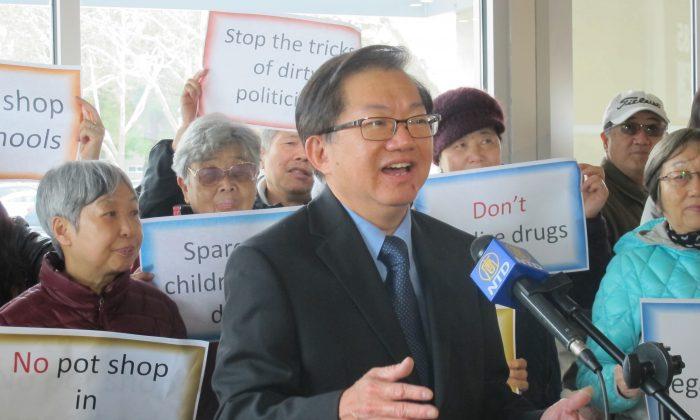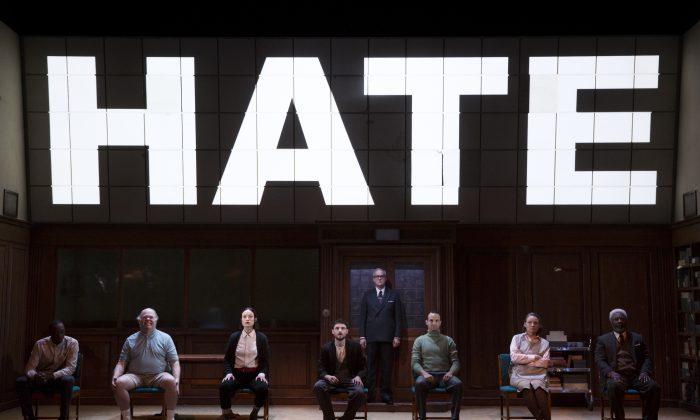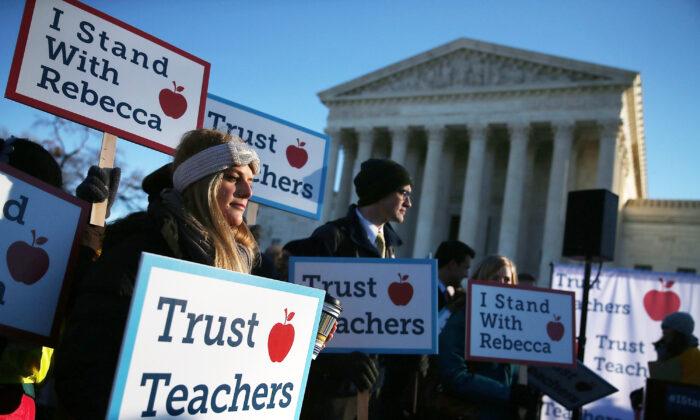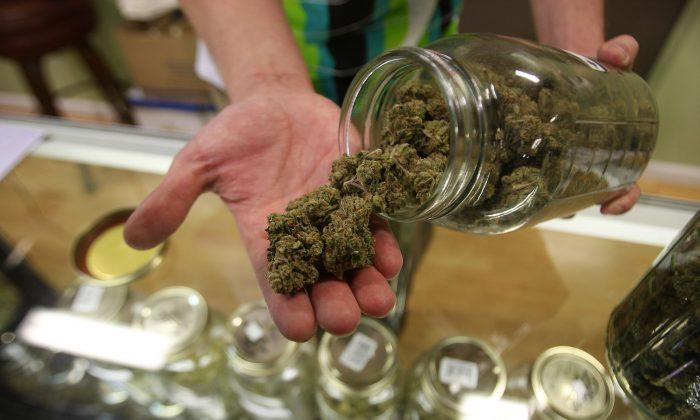A California bill allowing school districts to enable K-12 students to use medical marijuana on campus has passed the state legislature and is awaiting a decision by Governor Gavin Newsom.
The bill, SB-223, was introduced last year by state senator Jerry Hill, [D-San Mateo] and would allow a parent to administer medical marijuana to a child on school campus if that child has a medical marijuana license. Existing state law does not allow any kind of marijuana on a school campus.
The bill has been dubbed by some as “Jo Jo’s bill,” after former high school student Giovanni “Jo Jo” Jimenez, who was diagnosed with Lennox-Gastaut syndrome, a severe form of epilepsy. According to the San Mateo Daily Journal, Jimenez went from having 50 seizures daily to seldom experiencing them after he started taking medical cannabis. However, it was hard for him to take the drug during the school day, as he had to leave campus.
“It is vital that we lift the barriers for students with serious medical conditions who rely on medical cannabis to attend school,” Hill said in a statement.
“SB-223 makes it easier for these children and teens to get the medicine they need without disrupting their school.”
Although some doctors subscribe medical marijuana to children, U.S. Surgeon General Jerome Adams has stated that there is no safe way for children to use the drug.
“Science tells us that young people who regularly use marijuana are more likely to see a decline in IQ and school performance, are more apt to miss classes, and ultimately drop out, and they are even more likely to commit suicide,” Adams said in a recent speech about the dangers of marijuana.
Adams pointed to a “mounting body of evidence” regarding the harms of the drug, saying that marijuana is more potent now than it was in the past.
“While the perceived harm for marijuana use is decreasing, the scary truth is that the actual potential for harm is increasing,” he said.
“The amount of THC, the component responsible for euphoria and intoxication, but also most of marijuana’s documented harms, has increased three to fivefold over the last few decades.”
Adams also said that nearly 1 in 5 people who begin marijuana use during adolescence become addicted.
Frank Lee, the Bay Area Director of the California Coalition against Drugs, argued in an interview with The Epoch Times that the law should not be changed because of a few rare cases.
“This case is only one child having a problem. How can you use just one example to pass a law? It’s almost unheard of,” he said.
“Normally there’s a lot of people having the same problems, but this is an isolated incident.”
Lee also said the law has loopholes, and if passed, would be prone to being corrupted.
“This will only lead to more and more consumption of marijuana by school students if it gets passed, because it is actually quite easy to get a doctor’s paper, [subscribing medical marijuana] so there’s all kinds of ways they can work around it.
“A large percentage of medical marijuana customers are actually young people, many of whom don’t have serious pain, but they just got the paper because they want marijuana. It is so easy to get a license, and some of them even got several, so that’s a big problem.”
Lee encouraged people who oppose the bill to contact Newsom’s office and express their opposition.





Friends Read Free